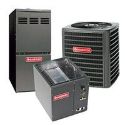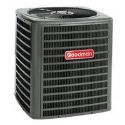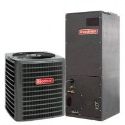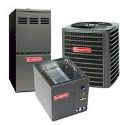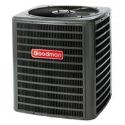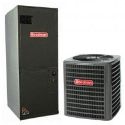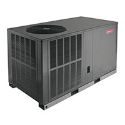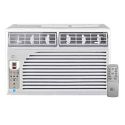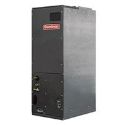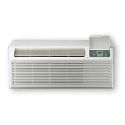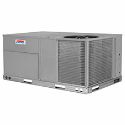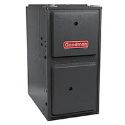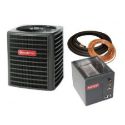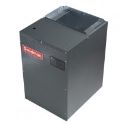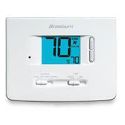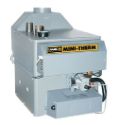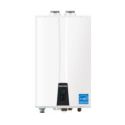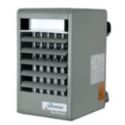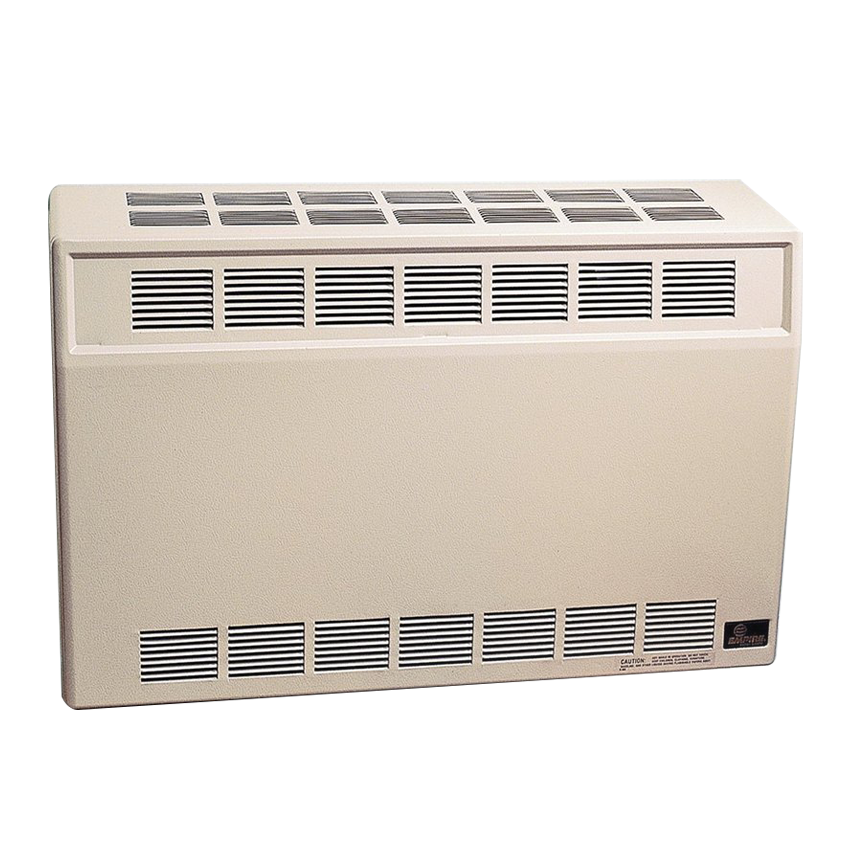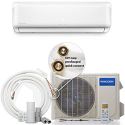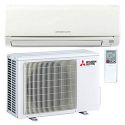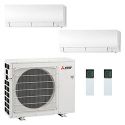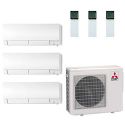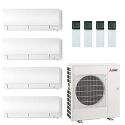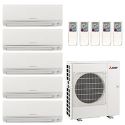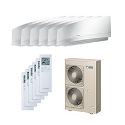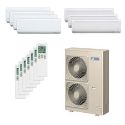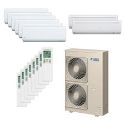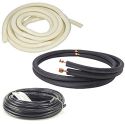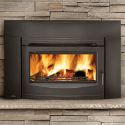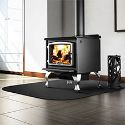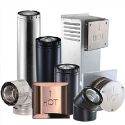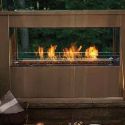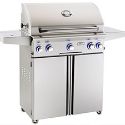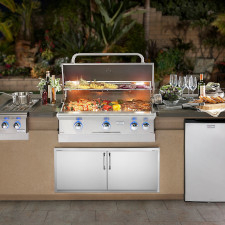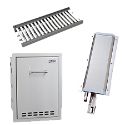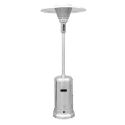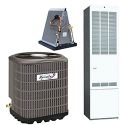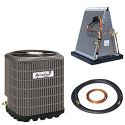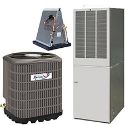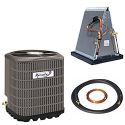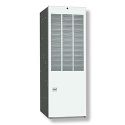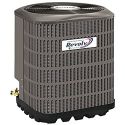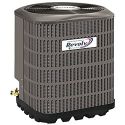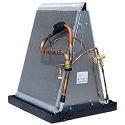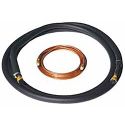There are many different acronyms by which efficiency is labeled. You have probably heard of some like EER, HSPF, or SEER but what exactly do they mean and what process do they use to determine these numbers? Well I am here to explain and better help you with future purchases in the HVAC world.
DOES YOUR EER MEET YOUR NEEDS?
Let us start with the most basic one, EER or Energy Efficiency Ratio which does not account for seasonal changes. A standard definition would go something like “A ratio of the cooling capacity in Btu/hr to the power input value in watts at any given set of Rating Conditions expressed in Btu/(W⋅h).” In more simple terms it says to take the Btu amount found on your system and divide that by how many watts it consumes in 1 hour.
This is a building block for the other two we will talk about. This number would be found on all condenser units. The minimum the EER can be for split residential units 5 tons or less is 12 EER or 11 EER if it is a package unit. The highest EER ratings are found in mini-splits at around 15 and around 13 for central ac.
WILL HEATING YOUR HOME DRAIN YOUR BANK?
For heating HSPF is used, and it stands for Heating Seasonal Performance Factor. The same formula applies here as it does in EER but is used for the heating season. Take Btu that is required to heat the space during the heating season (winter) and divide that by how many watts it consumes in 1 hour during the heating season.
The lowest HSPF allowed for residential units can be found here and the highest HSPF ratings are around 13.
STAY COOL AND KEEP YOUR WALLET FULL!
SEER, or Seasonal Energy Efficiency Ratio, is the counterpart to HSPF. It uses the same EER formula for the cooling season. Take Btu that is required to cool the space during the cooling season (summer) and divide that by how many watts it consumes in 1 hour during the cooling season.
- Example: (4-ton AC) 48,000Btu/2562Watts (12.2amp x 210V) = 18.74 SEER
- This example is taken from a GSXC180481B at 85ºF
The minimum SEER allowed for each state can be found here and the highest SEER for central AC is around 18 although certain mini-splits can get up to 40 SEER!
HOW DO THEY DETERMINE THESE NUMBERS ARE VALID?
These three terms would fall under the ANSI/AHRI Standard which is actual tests used to determine what number goes with each term. Many factors and variables are considered in this testing. Some examples are the temperature of the air going into the coil, the water vapor content of that air, the air going into the outdoor coil as well as its water vapor content. Also, they are tested with an indoor fan and without a fan.
For dry tests they even make sure the drain pan is plugged and dry through the whole process. They also check the compressor speed and temperature to make sure it is constant. Condensing units are split into different categories as well, for example 1 stage, 2 stage, and variable speed compressors are tested under different regulations.
All this to say they have they have done their best not to miss a jot or tittle when it comes to the testing of these units.
OK WHAT EFFICIENCY SHOULD GET THE MOST OUT OF MY DOLLAR?
I hope you are not tired of math by now because this part may be what matters most to you. Below is a chart of a 4-ton system at different SEER increments. This chart shows you how much each SEER would cost if you ran a 13 SEER for a year and it cost you $1000.

Just going to a 14 SEER would save you $71 in a year in this scenario. So that answers the question of how much you would save, but buying a higher SEER system would result in a larger upfront cost right? So how long would it take before you start saving money? Well that depends on the specific system you get but let us keep it simple and I will show you a chart of our 4-ton ac unit costs.

Obviously, there is a huge jump in price between the 16 SEER and the 18 SEER. The difference is $1109 (not to mention you would need the expensive air handler to get 18 SEER in practice). So, based off the SEER Savings chart above you would save $91 a year meaning it would take you 12 years to make up the difference.
Ok so 18 SEER may not be the most viable choice at the time, at least until technology improves the savings higher SEER can bring. But here is the good news, going from 14 SEER to 16 SEER is only an extra $119 meaning it would only take in just a little over 2 YEARS!! for your cost savings to start kicking in. Most HVAC systems can last you at least 15 years meaning you would have 13 years of extra cash you would not have had otherwise.
If you have a smaller space with no ducts then the mini-split systems are highly recommended. Below is a quick cost breakdown on the ever-popular 9000 and 12000 Btu single zone Mitsubishi.

WHAT IS THE BOTTOM LINE?
What is efficiency really? Efficiency is you saving money, and we are here to help you make that happen.
 Shopping Cart
Shopping Cart


